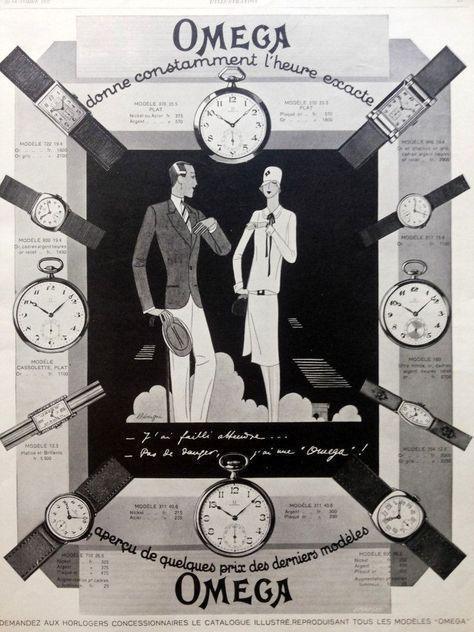Article: The different types of watch movements?

The different types of watch movements?
Watchmaking is a fascinating field, where each watch relies on its central mechanism: the watch movement. This mechanism operates the watch, ensuring its precision and longevity. Understanding the various watch movements is crucial for any enthusiast, especially those interested in vintage watches. In this article, we will explore the main watch movements, focusing on automatic movements like the bumper, the micro-rotor, and the classic rotor.
Manual winding watch movements
Manual movements, also known as manual winding movements, represent the most classical form of watch mechanics. These watch movements require the watch to be wound by hand. Winding is generally done by turning the crown. This tightens the mainspring, which provides the necessary energy for the watch to function properly. Manual winding watches are prized by vintage watch enthusiasts. They are appreciated for their simplicity and direct connection to traditional watchmaking craftsmanship. Even today, several brands continue to produce these watches. Manual movement watches embody a certain authenticity and exceptional expertise in the watchmaking field.
Automatic movements
Automatic movements, or self-winding movements, are an evolution of manual movements. These watch movements use the energy from wrist movements to wind the mainspring. This eliminates the need to manually wind the watch. A rotor, a metal piece in the shape of a half-moon, rotates freely and automatically winds the spring with each wrist movement. There are several types of automatic movements, each with specific characteristics. Here are the three most common variants.
a) The bumper movement
The bumper movement is one of the earliest types of automatic movements, mainly used in the 1920s and 1930s. This movement is distinguished by a rotor that does not rotate entirely 360 degrees. Instead, the rotor oscillates and bounces against springs, creating a "bump" sensation. Watches equipped with this type of movement are sought after by collectors, as they represent an important step in the history of automatic movements. Bumper movements were gradually abandoned due to their difficulty in winding.
b) The micro-rotor movement
The micro-rotor movement is an invention that appeared in the 1950s. In a classic automatic watch, the rotor is a metal piece in the shape of a half-circle that rotates with wrist movements and winds the watch. This rotor is generally placed above the other parts of the movement, which takes up space.
The micro-rotor works in the same way, but it is much smaller and is directly integrated into the movement, at the same level as the other parts. This allows the watches to be thinner and lighter, while keeping the automatic winding mechanism.
Watches with a micro-rotor are appreciated because they are more elegant and technical. The thinner and more sophisticated design often attracts collectors
c) The classic rotor movement
The classic rotor movement is currently the most common of automatic movements. The rotor is placed above the movement to rotate 360 degrees. These rotations wind the main spring with each wrist movement. This type of movement is popular for its reliability and its ability to offer efficient winding. It equips many modern watches, from affordable models to high-end creations. Major houses work it with materials heavier than steel, such as gold, to improve its rotation.
Quartz movements
Quartz movements represent a major advancement in watchmaking, introduced in the 1960s. Unlike mechanical watch movements, they use the energy of a battery to vibrate a quartz crystal. This vibration, at a precise frequency, allows for extremely reliable time measurement. Quartz offers exceptional accuracy at a lower cost and requires less maintenance than automatic movements or manual movements. Furthermore, quartz movements, thanks to their simple and compact design, allow for the creation of particularly thin watches. That is why they are also found in prestigious watchmaking houses like Cartier, which uses them for ultra-thin design models.
These characteristics have made them a popular choice for modern watches, although mechanical watch enthusiasts often prefer the charm of traditional watch movements.
Conclusion
Understanding the different watch movements is essential for any collector or vintage watch enthusiast. Manual, automatic, and quartz movements each have their advantages and present a unique charm. Automatic movements, with their variations such as the bumper, micro-rotor, and classic rotor, testify to the technical evolution and ingenuity of watchmaking. By exploring these mechanisms, one develops a greater appreciation for the art and science behind each watch.
Discover our selection of vintage watches available at Atelier Victor. Feel free to contact us via WhatsApp for any questions.

